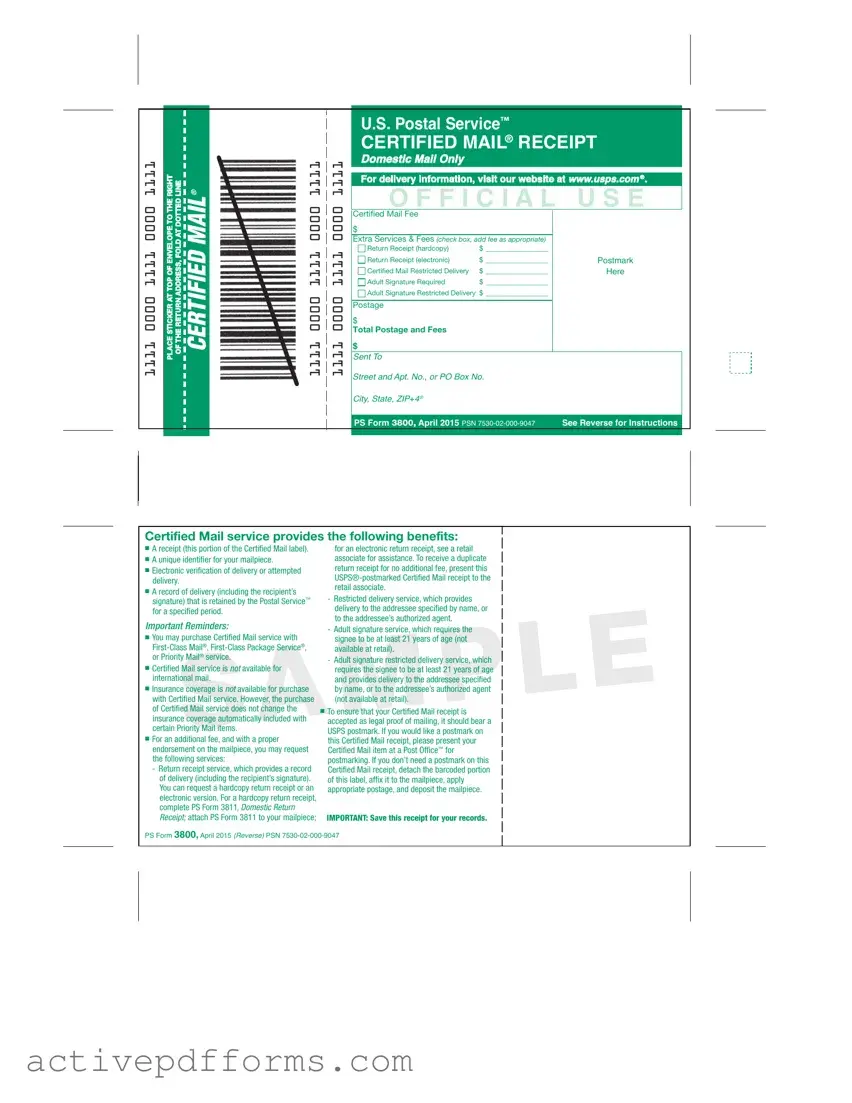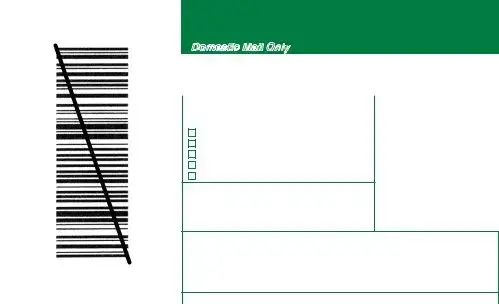When it comes to sending important documents via mail, ensuring their secure and verifiable delivery is paramount. The PS Form 3800, a cornerstone of the U.S. Postal Service's Certified Mail® service, stands as an invaluable tool in this regard. This form transforms an ordinary mailpiece into a trackable, secure item, offering senders peace of mind with features like a receipt for proof of mailing, a unique identifier, and electronic verification of delivery or attempted delivery. Additionally, it includes options for a record of delivery, confirmed with the recipient’s signature, which the Postal Service retains for a set period. Although the primary service doesn't cover insurance, it provides an array of supplementary services for an additional fee. These options include various forms of Return Receipt and Adult Signature services, catering to the need for proof of delivery and restricted delivery options to specified individuals. Furthermore, it's crucial for senders to understand that Certified Mail service, while offering enhanced mail security and verification features for domestic mail, is not available for international mail. This contrasts with the absence of automatic insurance coverage, albeit certain Priority Mail items come with included insurance. The instructions on the form remind users of the importance of obtaining a USPS postmark to ensure the receipt is recognized as legal proof of mailing. Clearly, for anyone looking to send documents requiring verification or restricted delivery within the United States, familiarizing oneself with the PS Form 3800 and the accompanying services is a step toward achieving this goal securely and efficiently.


